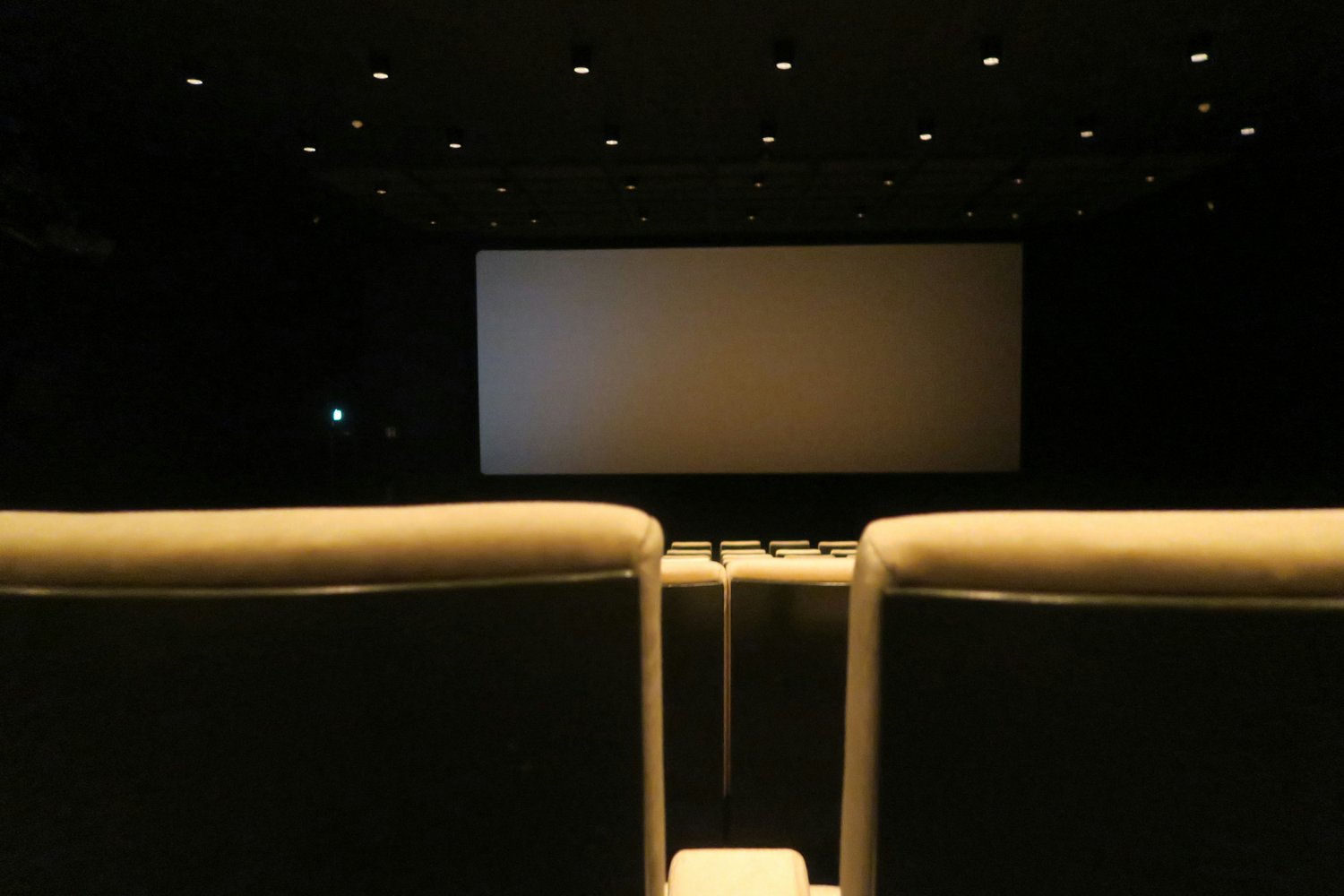Image: https://unsplash.com/photos/photo-of-empty-seats-of-theater-mxhWy1td-BE
When we think of cinema, visuals often take center stage. But behind every iconic scene lies an equally important yet sometimes overlooked element: sound. Whether it’s the eerie silence of a horror movie, the swelling score in a romantic moment, or the sharp crack of gunfire in an action film, sound is crucial in shaping how we perceive and experience a film. In fact, it’s often the audio, not just the imagery, that leaves a lasting impact on viewers.
Setting the Tone
From the opening credits, sound lays the emotional groundwork. A well-composed score can immediately cue the audience into the film’s mood—suspenseful, joyful, melancholic, or tense. Consider the chilling theme from Jaws or the soaring orchestration of The Lord of the Rings. These auditory cues prepare viewers for what’s to come and subtly manipulate emotional responses throughout the story.
Dialogue and Performance
Audio clarity is essential to understanding the characters and plot. Poorly mixed dialogue or unbalanced audio can pull viewers out of the moment and make even the best writing fall flat. On the other hand, a crisp, well-recorded conversation can elevate a scene, allowing actors’ performances to shine and emotions to resonate authentically.
Sound Design and World Building
Sound design plays a vital role in building believable worlds. Sci-fi and fantasy genres rely heavily on audio to make the unreal feel real. From the hum of a spaceship engine to the rustling of alien flora, each sound contributes to immersion. Even in grounded dramas, ambient noise like city traffic or birdsong can subtly enhance the setting and atmosphere.
The Psychological Impact
Sound doesn’t just fill in the gaps—it actively influences perception. Directors use audio to create tension, suggest danger, or offer relief. Alfred Hitchcock famously said, “If it’s a good movie, the sound could go off and the audience would still have a perfectly clear idea of what was going on. But when the sound is turned on, you should feel it.” His films often use silence and ambient noise to amplify suspense, proving that what’s not heard can be just as impactful as what is.
Music as a Narrative Tool
Music can tell a story all on its own. Think of how a recurring theme or leitmotif can signify a character’s presence or emotional arc. Hans Zimmer, John Williams, and other legendary composers understand how to weave music into the narrative, making it an indispensable part of the storytelling process. Without its music, a film might still make sense, but it may not make magic.
The Danger of Bad Sound
Conversely, poor sound can ruin a film. Distracting background noise, inconsistent levels, or mismatched sound effects can make scenes feel amateurish and break the viewer’s immersion. In some cases, even a visually stunning film can be written off if the sound quality is subpar. This is especially true in indie films or student projects where technical sound issues are common.
Training for Excellence
For those interested in mastering the art of sound in film, proper education and hands-on experience are key. Audio courses in Leeds in the UK offer aspiring sound designers, engineers, and composers the opportunity to learn from industry professionals in state-of-the-art facilities. With a focus on both technical and creative aspects, these programs provide the foundation needed to contribute meaningfully to any cinematic project.
Summing It All Up
Sound isn’t merely a background component of film, it’s a powerful storytelling tool. It can heighten emotion, build worlds, and immerse viewers in ways visuals alone can’t. Great sound design complements and elevates a film; poor sound, however, can be its downfall. As cinema continues to evolve, one thing remains clear: if you want to make a truly unforgettable film, never underestimate the power of sound.



